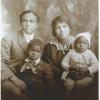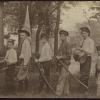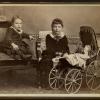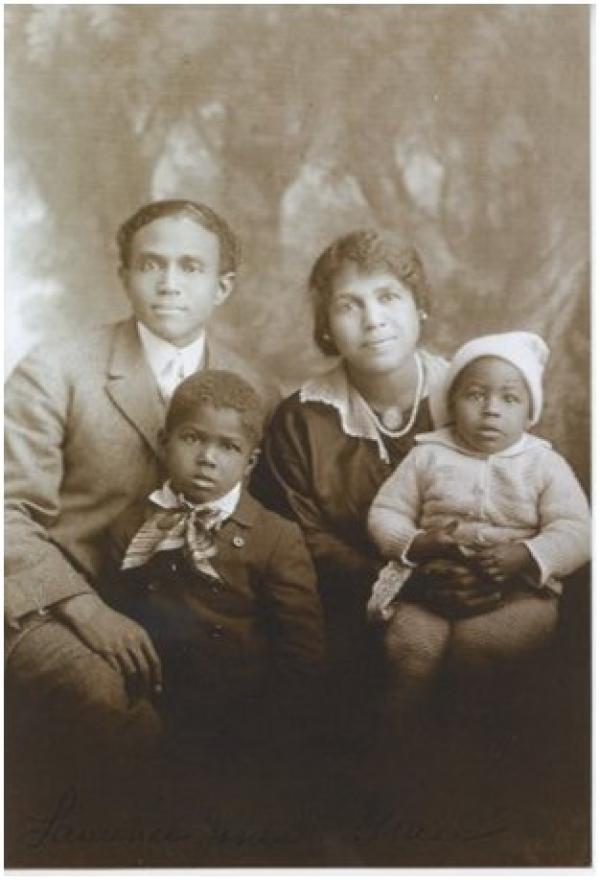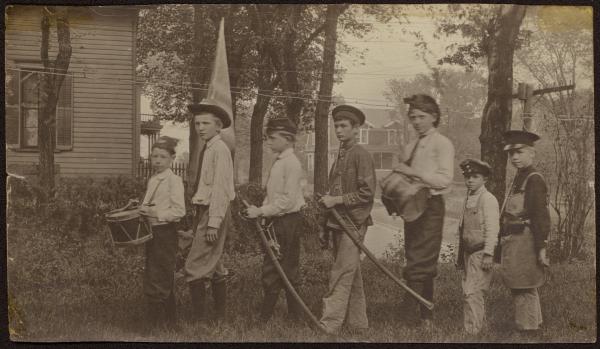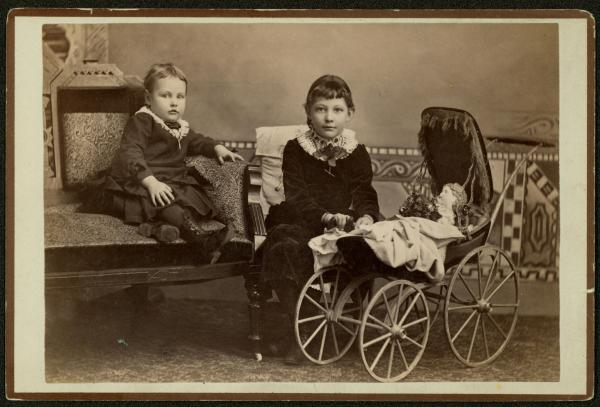Now and Then
| Grade | Kindergarten | Class | Length of Lesson | 35-45 Minutes |
| Lesson Title | Now and Then |
| Unit Title | History of Me |
| Unit Compelling Question | Why do I matter in the world? |
| Historical Context: As students grow up they hear their parents or givers say "I didn't play with that toy when I was a kid." "When I went to school we had to wear uniforms.". This statement is likely true because toys are forever ever-changing to better fit the needs and wants of today's youth. Parents often tell their children stories about when they were a kid and how life was for them. They tell stories of how they were able to play outside without a grown-up watching or they were able to spend less than 1 dollar for a toy they wanted. In the class, each student has a favorite toy they play with all the time. Whether the toy is at home or at school. The students are identified by the toys they play with, the clothes they wear, and the members in their family. To understand history, children need to be able to relate it to their own lives. As the students reflect on the now in their lives, they are also going to reflect in the then through primary sources within photos of people who lived in the past (also known as then). The world is evolving and changing to fit the needs and wants of the individuals living on it. Kaci McKewen, Simpson College Photo: 2018.012.012 The photo reflects an African American family where the mother, Grace Morris Allen Jones, is the first African American to graduate from Burlington High School in 1891. Grace Morris Allen Jones was born in Keokuk, Iowa but raised in Burlington. She then established the Grace M. Allen Industrial School for all races and where all teachers can be employed no matter the color of your skin. Photo: 2018.019.001 The photo depicts two young girls with a doll in a stroller in 1890. The description from the sources doesn't say anything about what the girls were doing, but I can imagine the two girls playing with the doll. This shows today's students the difference between the doll and strollers then verse now. The students can see what has changed based on the photo. Photo: 2018.019.005 Boys posing while playing soldiers in Davenport, Iowa in 1915 Photo: Personal Album This photo was taken somewhere between 1999 and 2000. In the photo, I was helping to make dinner. The photo was taken in China before I moved to the United States. The clothes I was wearing were different from kids in America because I was in another country. Further down the unit as a class, we will talk about how not everyone wore the same style of clothing. It differed from the location. |
|
| Lesson Supporting Question | |
| Lesson Overview | The students will compare life then vs now. The students will create a chart that is divided into then and now. The students will think about the toys, clothes, and activities kids their age did in the past. The students will reflect on the toys, clothes, and activities they do now. They then will make a connection on who the two sides are different. They will visually see how history has changed from primary sources. There will be artifacts from then and the students will need to identify the changes from then artifacts to now artifacts. In one of the photos, there is a group of boys playing outside with swords, the student will think about the toys they play with outside and decide if they are the same toys or different. We will compare these photos to photos of children throughout history. As we compare the pictures the students will reflect on the changes and the similarities of the photos. As well as the photos from long ago the student will also have an opportunity to compare their own photos to the photos of their classmates in a future lesson. They then are able to see what their classmates looked like in history and what they wore and played with. |
| Primary Sources Used |
|
| Resources Needed | |
| Standard | |
| Lesson Target | I can recognize a compelling question. ;I can compare life in the past to today |
| Lesson Themes | |
|
| Formative Assessment (How will you use the formative assessments to monitor and inform instruction?) |
Making connections |
| Summative Assessment (How does the lesson connect to planned summative assessment(s)?) |
Do you know why you matter in the world? |
| Author | Kaci Mckewen | Created | Last Edited | ||||
| Reviewer: Dr. Chad Timm, Simpson College | |||||||
| Lesson Plan Development Notes: Social Studies Methods, Simpson College, Spring 2020 | |||||||

